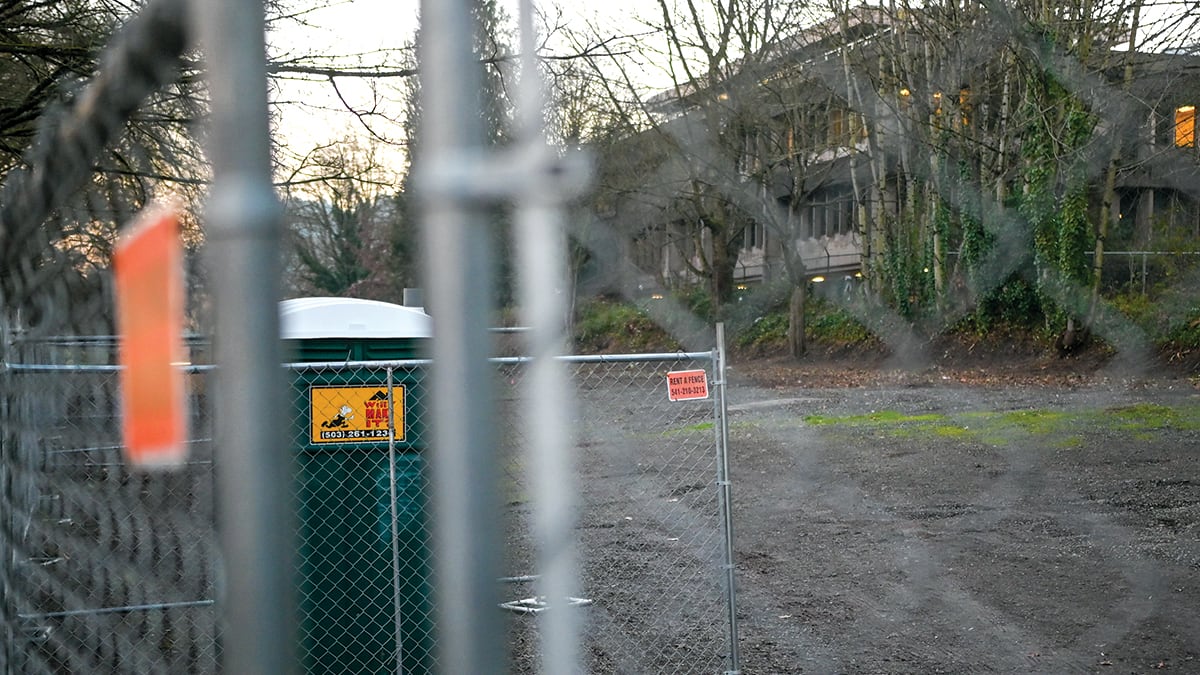Nearly a year ago, WW first reported on a new project spearheaded by City Commissioner Dan Ryan: six safe rest villages in all quadrants of the city, each outfitted with basic hygiene services, communal living and cooking spaces, case management, and behavioral health services. The idea was to shelter homeless Portlanders in pods while attempting to find them permanent housing.
The project has been plagued with a litany of setbacks. One year later, the city is just starting to place tiny pods on the sites officials selected.
City documents reviewed by WW quantify the cost of those villages and the expected outcomes. Below are four numbers that are key to understanding the city’s most prominent response to homelessness.
$16,000
The average price of the pods the city is purchasing for its villages. According to budget documents shared with WW, the city is purchasing tiny pods from five different companies due to pod supply shortages. Last week, the city placed 65 pods already purchased by the county during the pandemic at two of the six villages. Those cost the county just shy of $7,000 apiece at the time. “Due to challenges related to the pandemic and global shipping crisis, no one vendor can provide the number of pods we require in the timeline needed to build all six [villages],” the document read.
$36,000
The estimated cost to operate each tiny pod unit per year. That includes services like laundry, bathrooms, communal kitchens, case management, and behavioral health resources. The Joint Office of Homeless Service estimates it costs $40,000 to operate a motel bed annually, and $20,000 to $25,000 a year to operate one bed in a congregate shelter.
1,050 to 1,575
The estimated number of houseless Portlanders the city expects to serve with the safe rest villages by the end of 2024, when one-time federal relief dollars to fund the villages expire. That number assumes each person housed at one of the villages will move into permanent housing within six to nine months. Commissioner Ryan told WW last month he expects three of the six villages to be open by Labor Day. Ryan has not yet secured a funding source to extend the life of the villages past 2024.
$28 million
The number of dollars the mayor’s office proposes to funnel to the safe rest villages in the upcoming annual budget using the second round of federal relief dollars from the American Rescue Plan Act. The $28 million is intended to fund the villages through the end of 2024, when the project expires. The $16 million allocated to the villages in the first round of ARPA funds, according to budget documents, was to develop the sites and “decommission or relocate the villages at the end of the lease agreements, and return leased properties to previous condition.” In total, the project—if it houses all 300 people by the end of this year—will cost $44 million over its two-year life span. Come 2025, the city will have to secure more funding if it wishes to continue the project.

